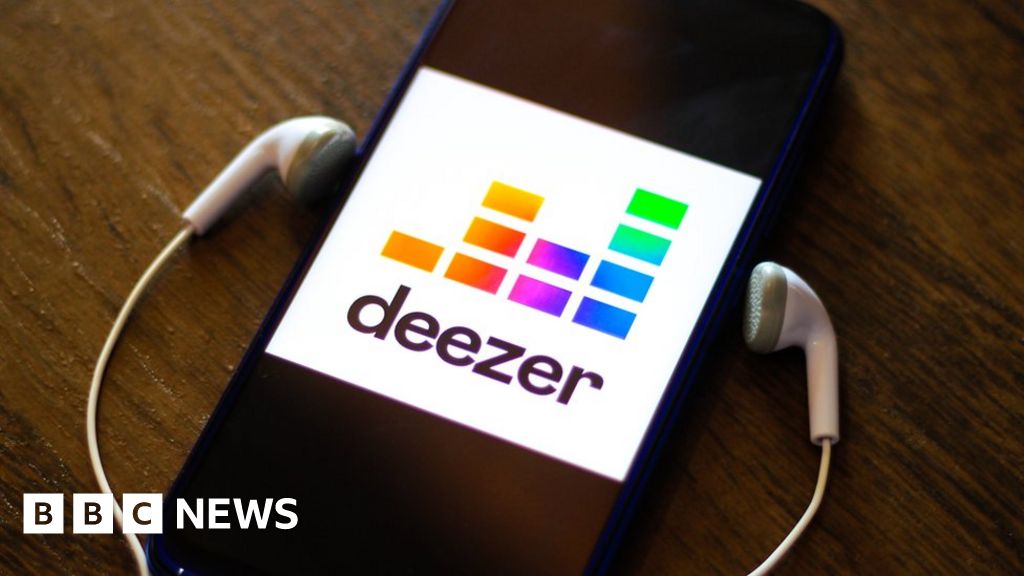Receive free Health updates
We’ll send you a myFT Daily Digest email rounding up the latest Health news every morning.
Cases of cancer in the under-50s have surged almost 80 per cent around the world over the past three decades, a survey has found, fuelling a drive to discover the causes of a trend that is placing an increasing burden on health systems.
Breast cancer accounted for the highest number of “early onset” cases in 2019. But cancers of the windpipe and prostate have risen the fastest since 1990, according to an analysis of the Global Burden of Disease 2019 Study, which covered 29 cancers in 204 countries and regions.
The findings in the journal BMJ Oncology, highlight the need for improvements in early detection and diagnosis, as well as greater research into the causes of early onset cancer in order to find more effective treatments.
Lung, bowel and stomach cancers were among the forms of the disease usually more common in older adults that were exacting the heaviest death toll in younger age groups. The researchers noted that the US Preventive Services Task Force, a group of independent experts, had recommended that colorectal cancer screening should now begin at 45.
The findings, published late on Tuesday, “upend received wisdom about the types of cancers typically affecting the under-50s”, the journal said.
New cancer diagnoses among the under-50s totalled 3.26mn, up 79 per cent on the 1990 figure, the BMJ’s research showed, although some experts cautioned that the size of the population had increased significantly over that period and that the rise may also be partly attributable to improvements in reporting.
The researchers estimated that the global number of new early onset cancer cases and associated deaths would rise by a further 31 per cent and 21 per cent respectively in 2030, with the 40-49 age bracket considered to be at the highest risk.
The highest rates of early onset cancers in 2019 were in North America, Australasia and western Europe. But low- to middle-income countries were also affected, with the highest death rates among the under-50s in Oceania, eastern Europe and central Asia, the researchers reported.
In low- to middle-income countries, early onset cancer had a much greater impact on women than on men, in terms of both deaths and subsequent poor health.
Although medical researchers have not found a definitive explanation for the increase in cancer among younger people, in a linked editorial doctors from the Centre for Public Health, Queen’s University Belfast, said genetic factors were likely to play a role. However, they emphasised the probable significance of unhealthy lifestyles in driving the increases.
Areas of research now being explored included antibiotic usage, the gut microbiome — the vast population of microbes that play a vital role in human health — outdoor air pollution and early life exposures.
They concluded: “Prevention and early detection measures are urgently required, along with identifying optimal treatment strategies for early- onset cancers, which should include a holistic approach addressing the unique supportive care needs of younger patients.”
Professor Stephen Duffy, of the Centre for Prevention, Detection and Diagnosis, Queen Mary University of London, said it was “interesting that there is a strong decreasing trend in liver cancer incidence, and an increasing trend in nasopharyngeal cancer incidence, since both have large numbers attributable to infectious causes”.
He pointed out that, for liver cancer, large numbers of cases are caused by the hepatitis B virus, for which there is an effective vaccine. This contrasts with nasopharyngeal (windpipe) cancer, where no vaccine has been developed for the Epstein-Barr virus — the leading driver of the disease.
Credit: Source link











